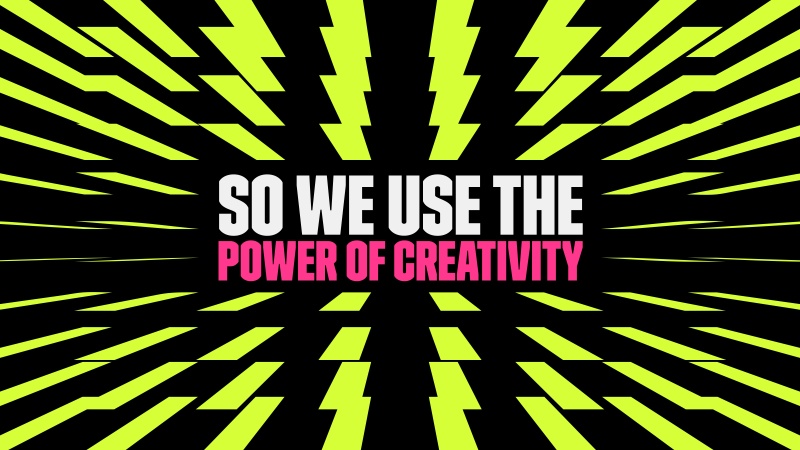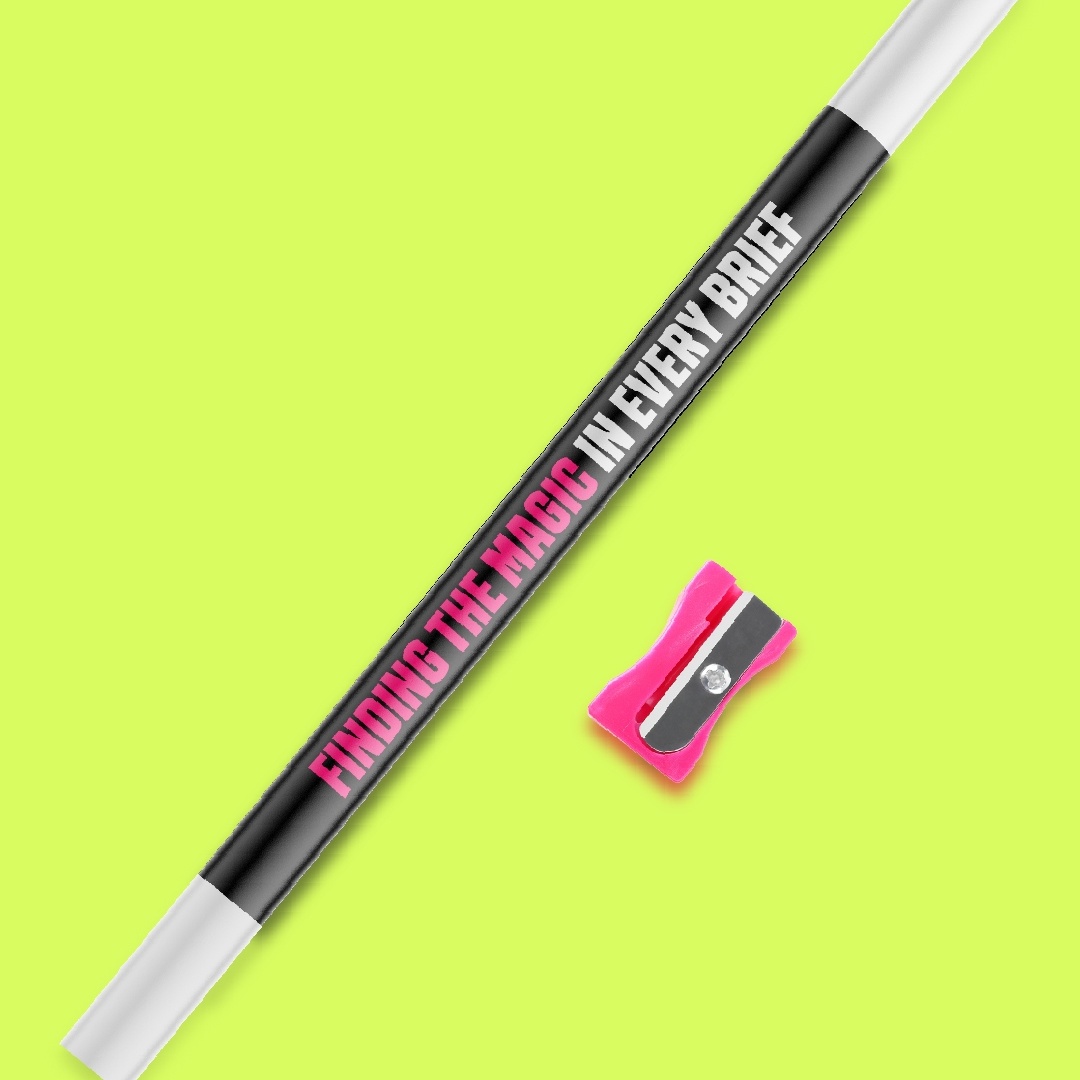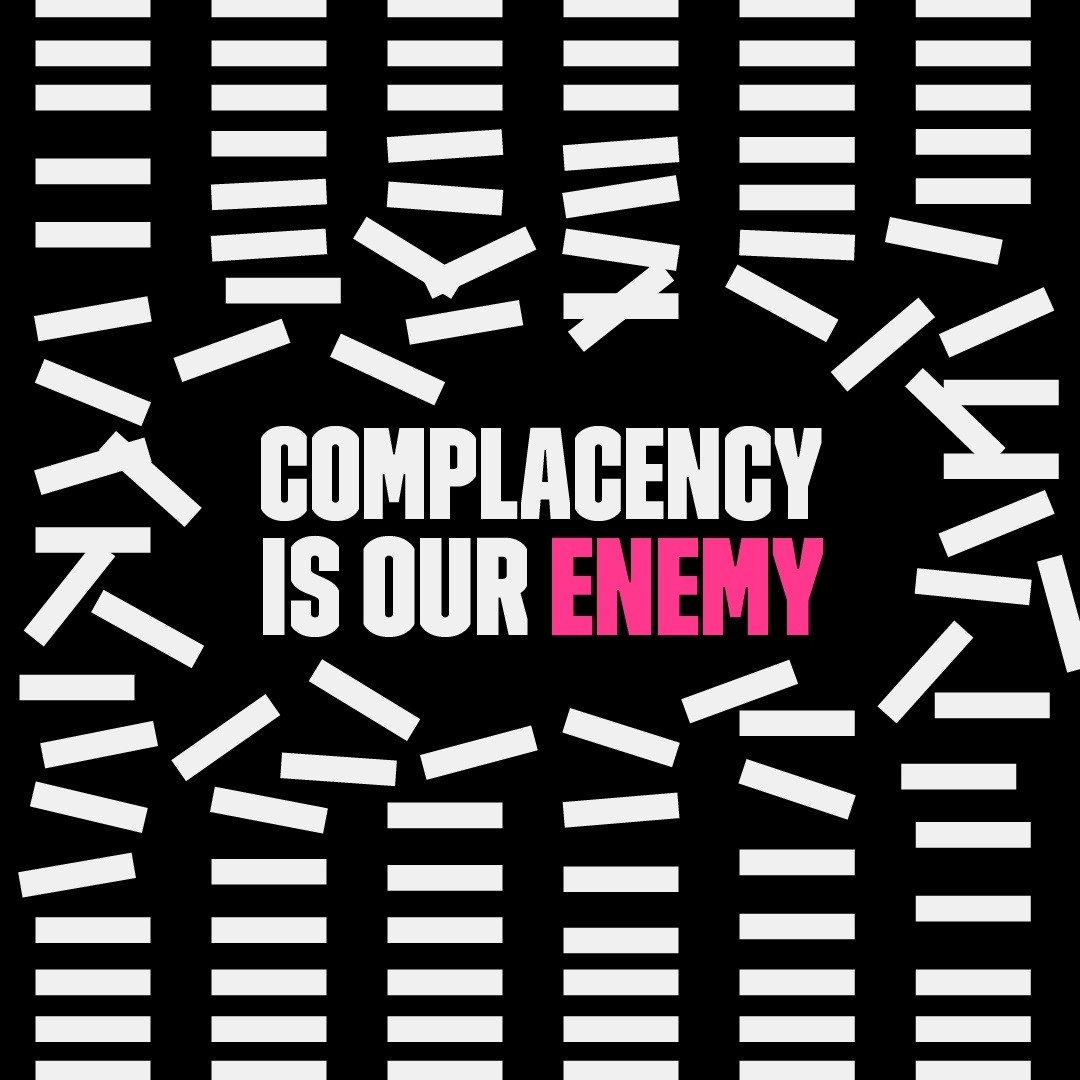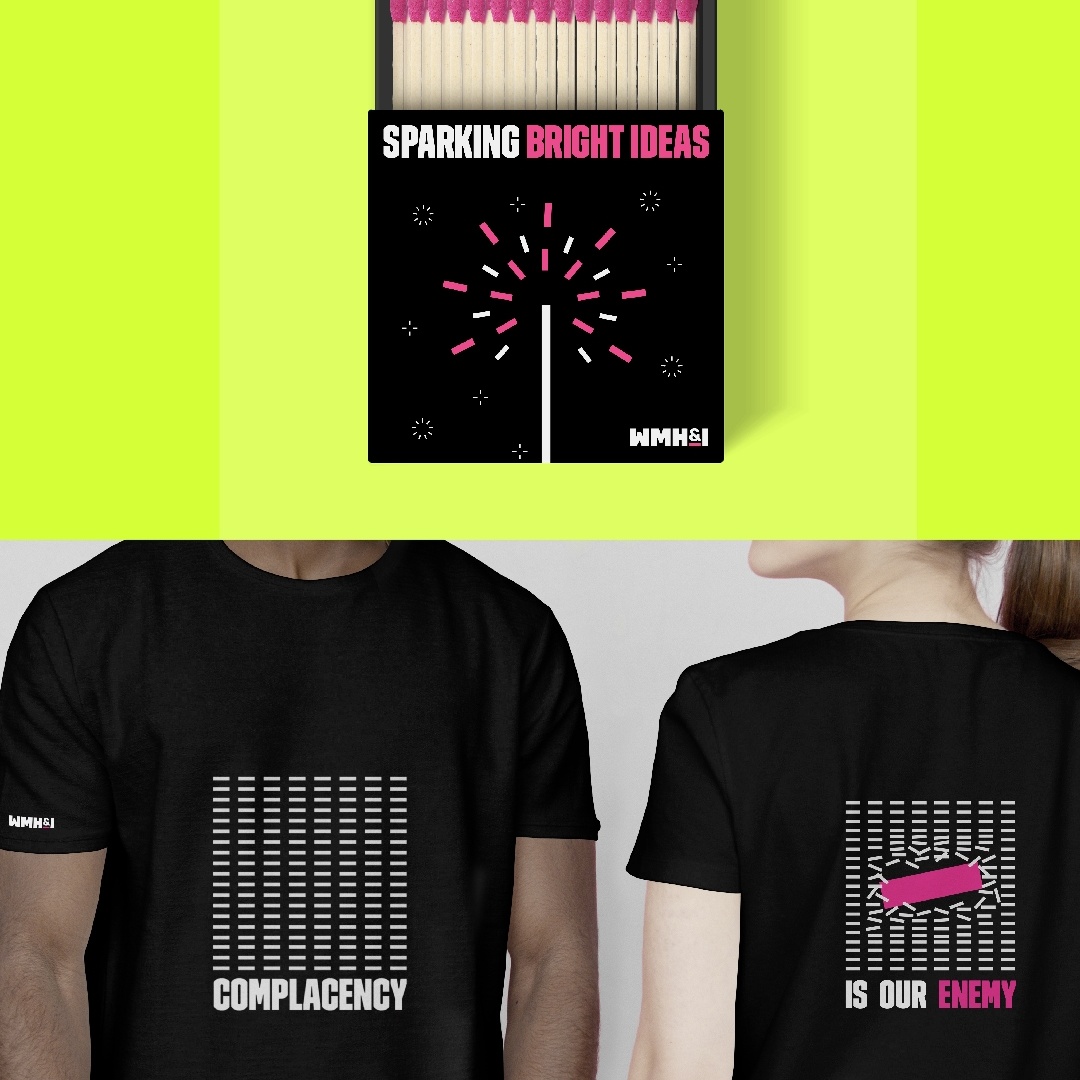
This article was first published in Mediashotz. Click here to read original article.
Rebranding a successful company can bring new energy and a fresh perspective to your business; Get it wrong, though, could cost you dear.
So who better to take us through five essential elements of a rebrand exercise than a rebranding agency, which itself has just gone through a full brand refresh?
We convinced Wybe Magermans, Director of Growth at branding agency WMH&I, to share what his agency got right and wrong, to ultimately deliver a successful new look…


Branding agencies are traditionally a reticent bunch. We keep a lowish profile and say we like to “let the work speak for itself,” but our cool humility can disguise an uneasiness about putting our heads above the parapet.
We remain cloaked in invisibility. Because either out of fear of being shot down by our peers, or sometimes the effort of creating a distinctive brand with a strong visual identity feels like a step too far.
So, while an agency rebrand might seem like housekeeping, for us it’s been a major project that has taken us out of our comfort zone and forced us to find and confront some truths about our newly-merged agency.
Ultimately, the process has taught us a lot about who we are and given us the confidence to refocus on our belief in the power of creativity. This has resulted in a bold and assured agency identity that displays statements like “Complacency is our enemy” on the landing page of our new website.
Along the way we had a few false starts and dead ends; we were challenged by our younger members and intensely critiqued by friends of the agency , but in the end we landed in a place that feels right for us.
Here are five things we discovered over the last seven months of soul-searching, stargazing, and hard work.
1 Treat yourself like a client
Just like we tell clients they need a big idea with scalability and flexibility that reflects their values, that was what we aimed for in creating a brand for WMH&I. We also gave ourselves a budget, one that gave us enough to deliver a result that was right for the business while being realistic about what we would get out of it.
We assembled teams to work on creative, strategy and client services, and they came up with three ideas that we could drop or develop, depending on how they were received by the rest of us. The agency was pretty much split between those who were working on the identity, and those who were acting as the client.
2 Find an external perspective
It’s hard to turn the mirror on yourself, so early on, we brought in someone external who knows the business very well. She gave us valuable feedback: because she used to work here full time, she knows our strengths and weaknesses, and she was happy to challenge us constructively from a place of experience and trust.
3 Don’t do it through a top down lens
Our more junior teams were particularly helpful with defining our values, behaviours and tone of voice. The younger generation wants transparency in everything, and they pull you up on your bulls—t. As the people at the coal face, they keep it real because they understand the truth of working in the business, what happens when people get stressed, and how to take all that into account when establishing our values.
The teams working on the rebrand were made up of staff from all levels of the business. We started with pretty much the whole creative department involved in idea generation, then they presented internally and got feedback from everyone. That shared ownership has been a big help to our conversations internally, so – as with a client project – once a decision was made, we were all ready to back that decision together.
4 Dedicate time and resources
You need to focus on it – you can’t do your day job and hope a rebrand just happens in the gaps. In theory we started back in October, but in retrospect it’s clear we weren’t actively moving forward.
We regrouped in January, but that proved to be another false start, because client work was so demanding that we didn’t have the time to dedicate to ourselves. In March, we decided to approach our rebrand like any other job, with deadlines, and a defined allocation of time and resources – only then did we make the leaps and progress we wanted.
5 Be honest with yourselves
A project like this is only a risk if you are not true to yourself. Think about what works in your agency and how you want to be perceived.
As a newly-merged agency, it took a while to get under the skin of this, and to realise that we wanted to build on our existing brand in a way that unified us, rather than created something unfamiliar and brand new. We consciously chose not to change the name because WMH&I is simple and recognisable, especially given the history of Williams Murray Hamm and Identica. Our teams had a strong allegiance to it, and it just didn’t seem worth searching for the “perfect” name.

